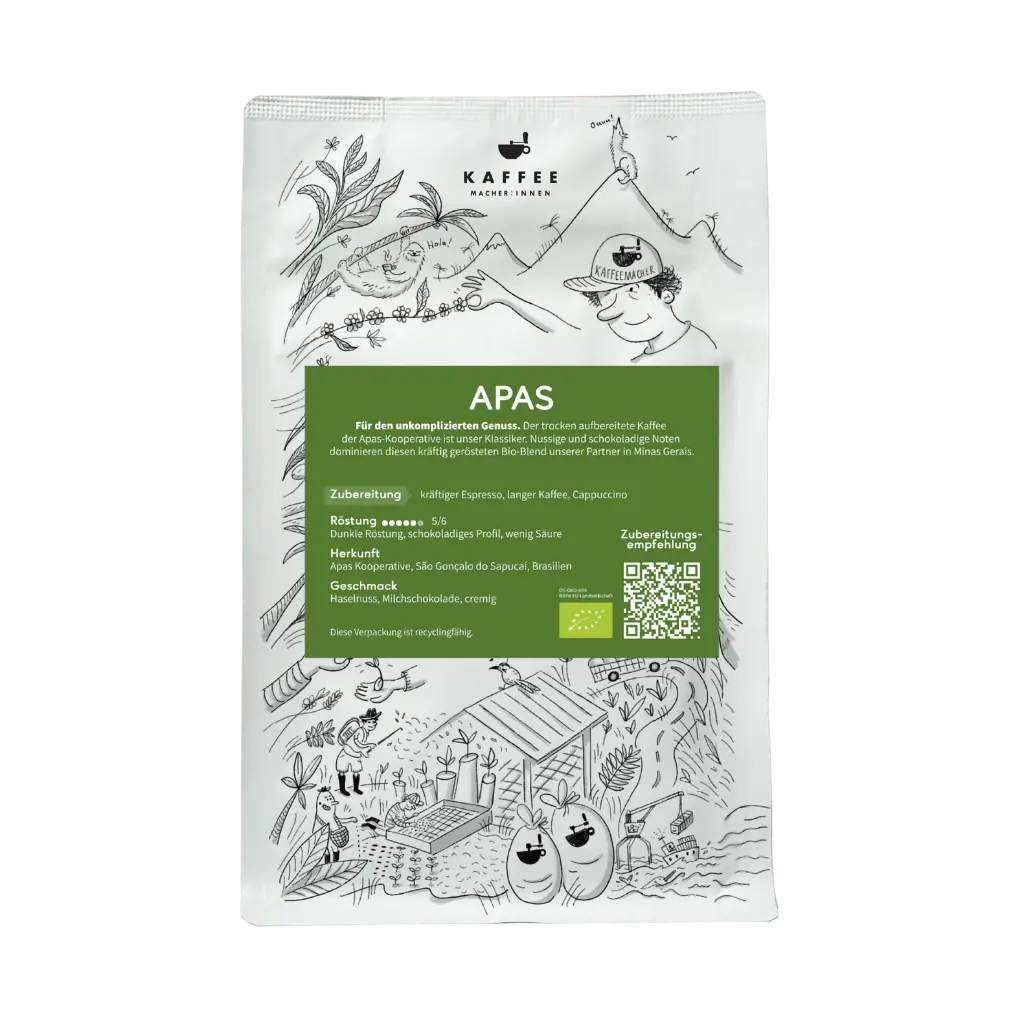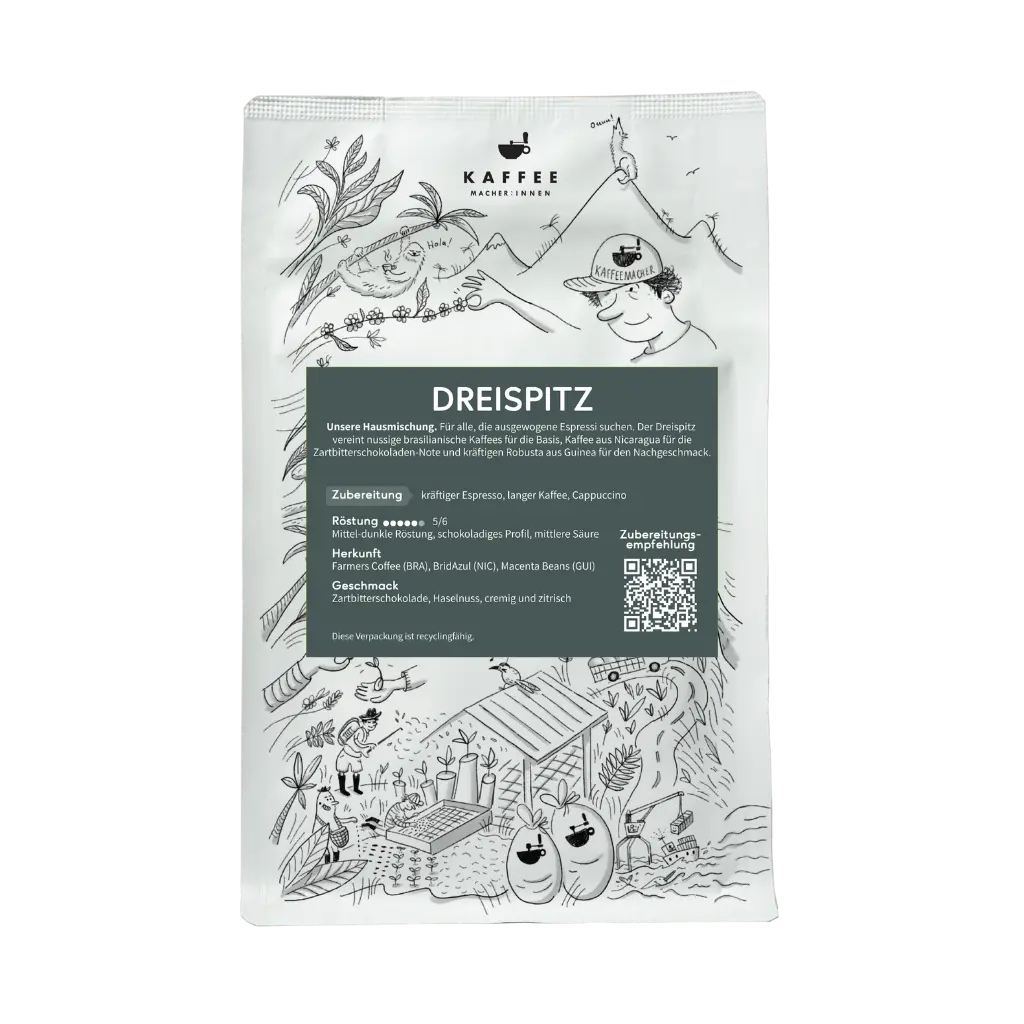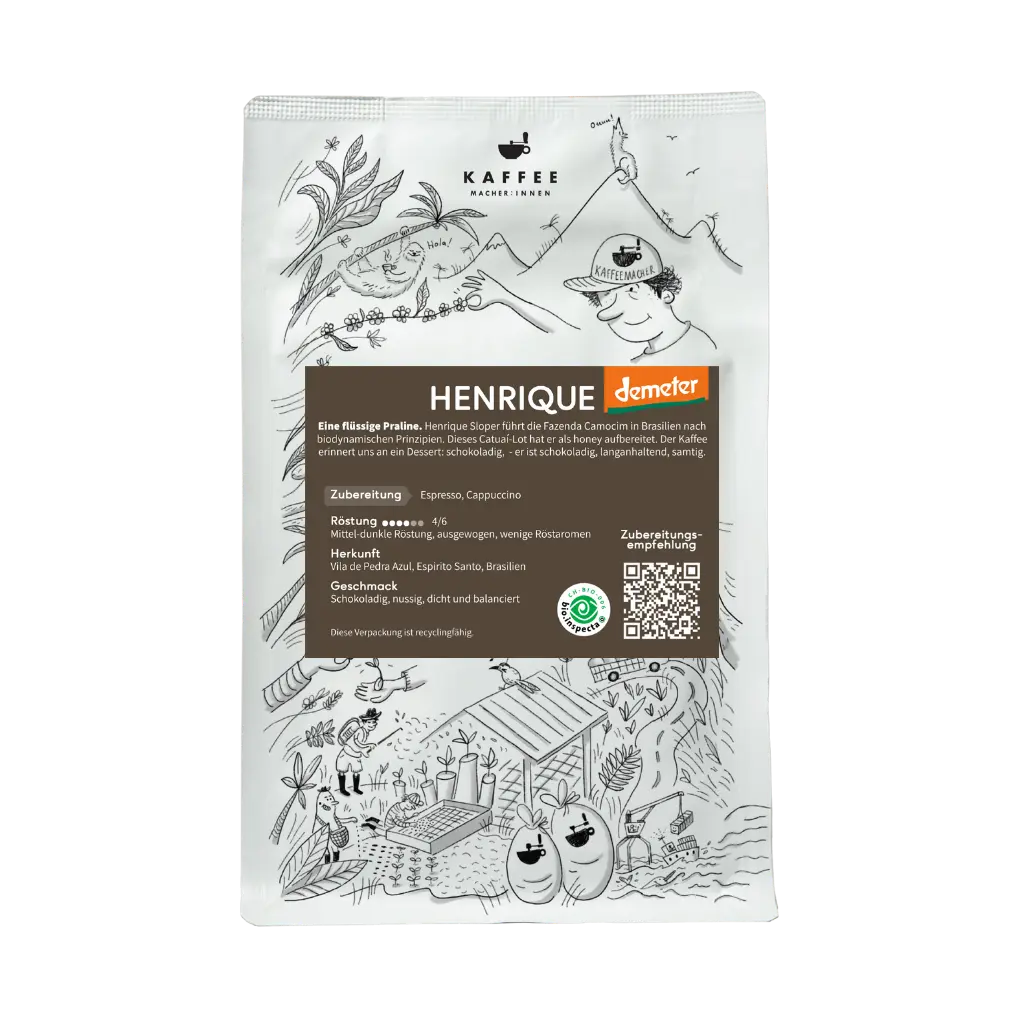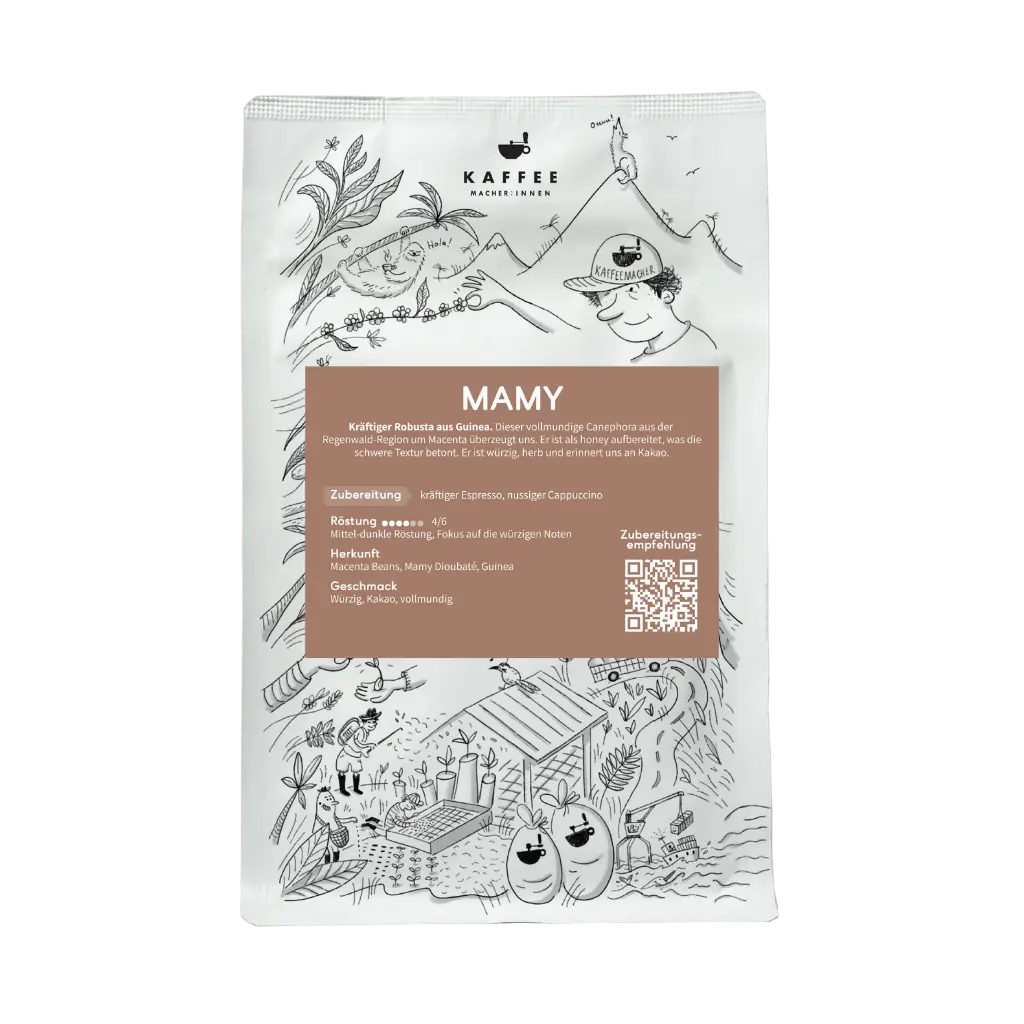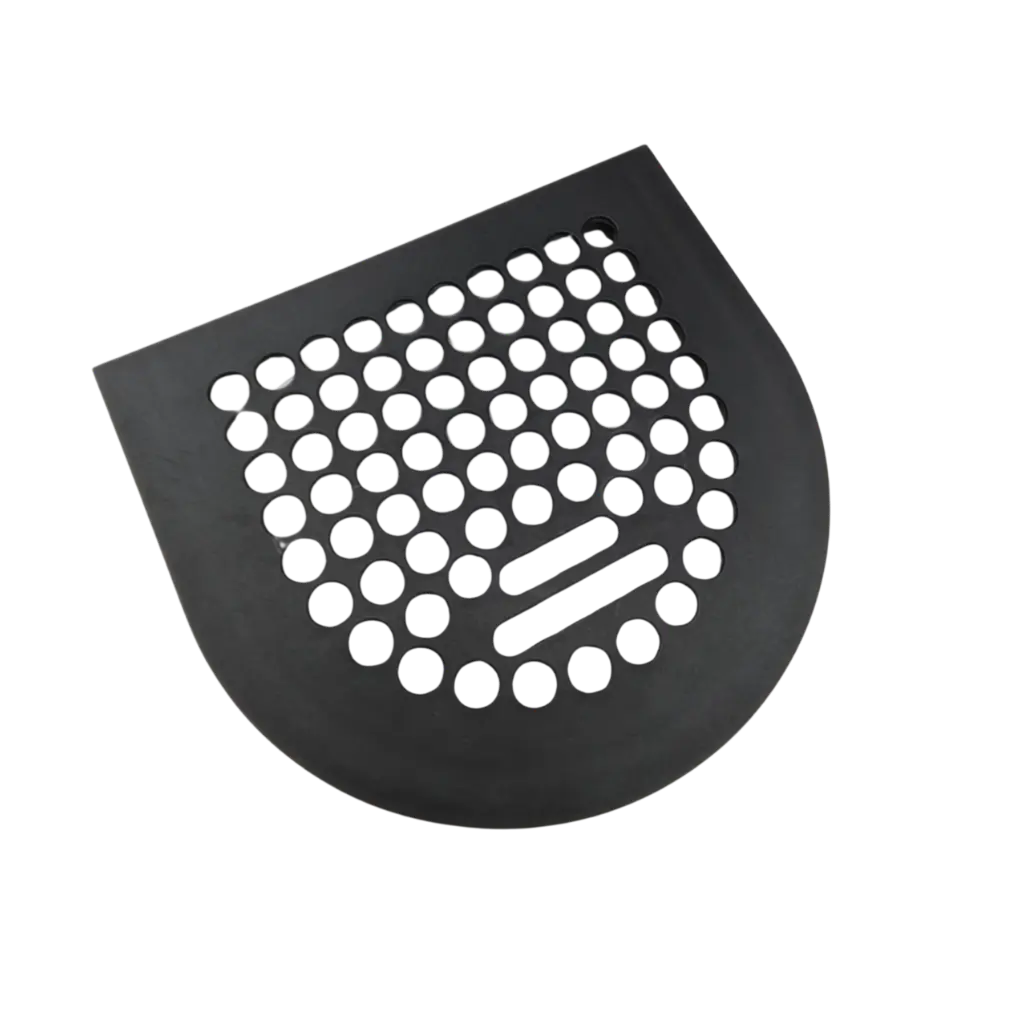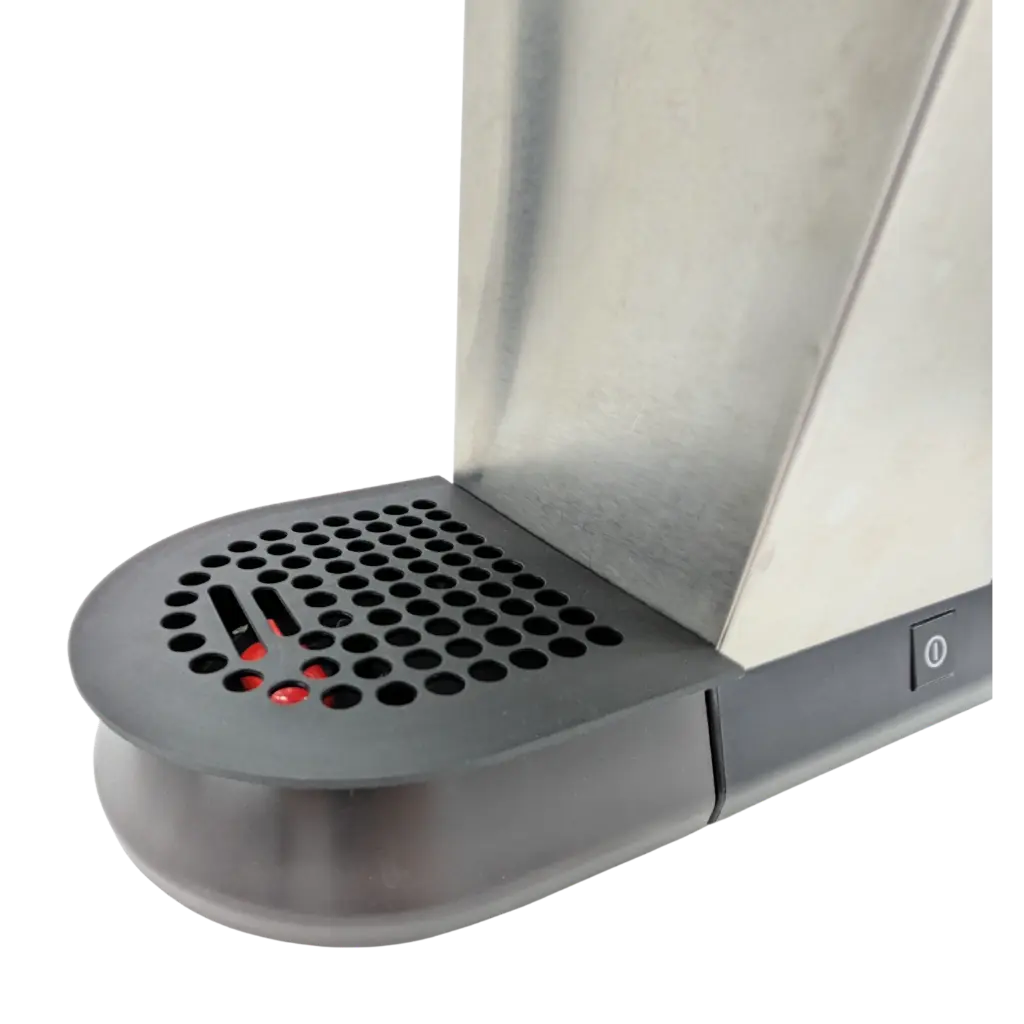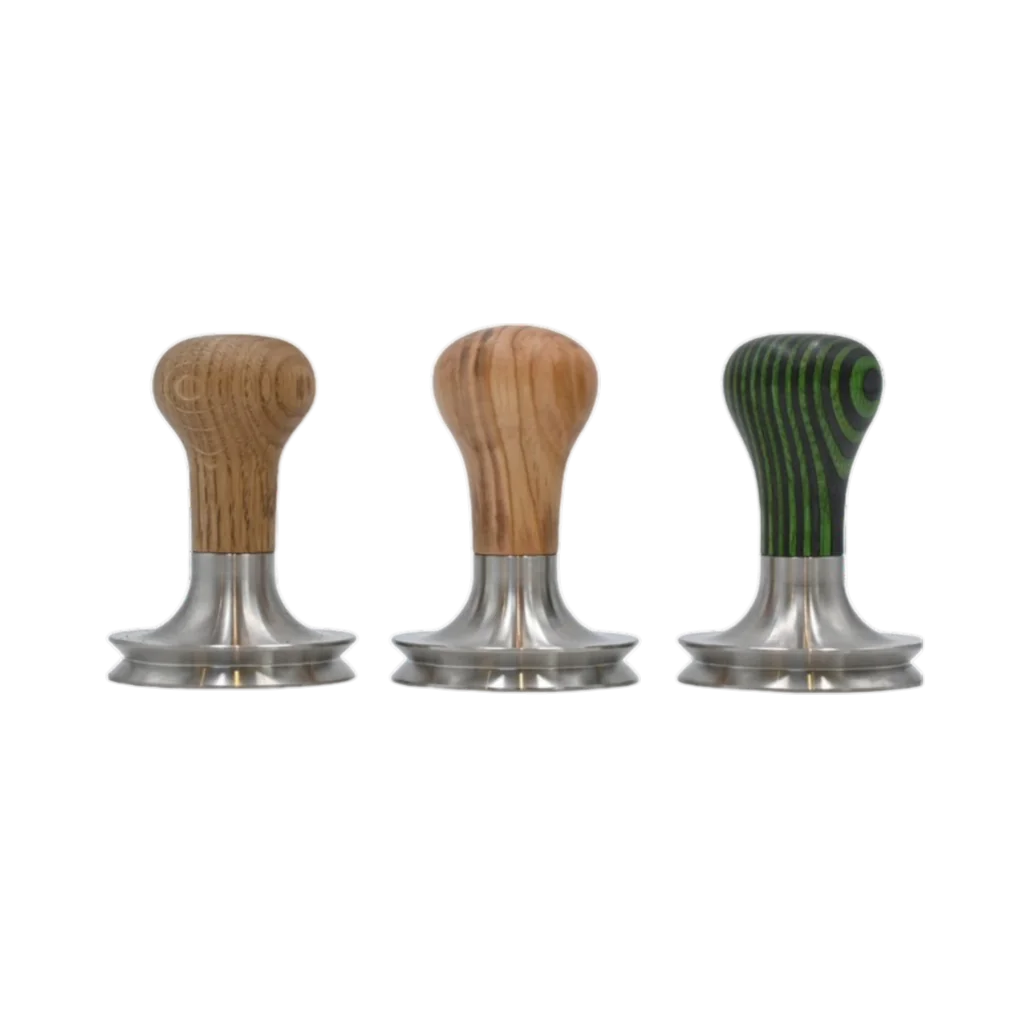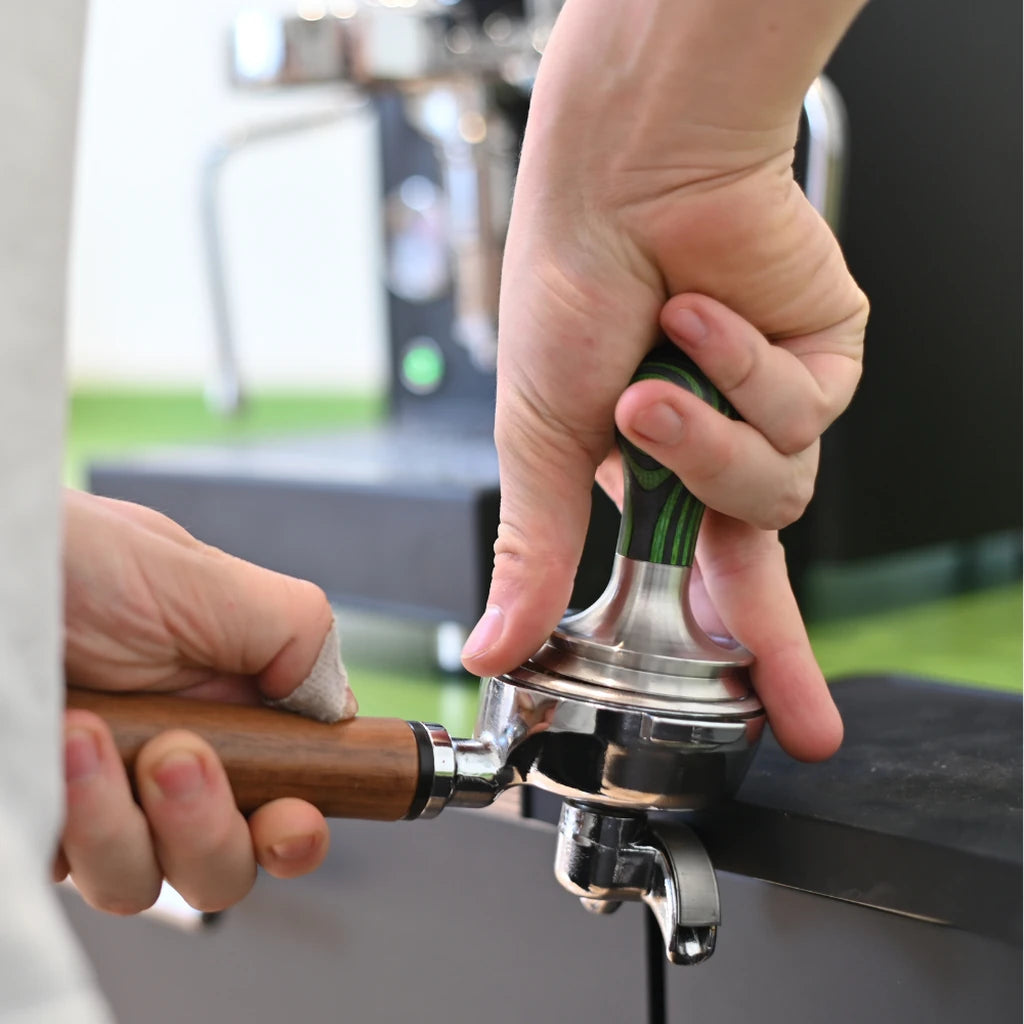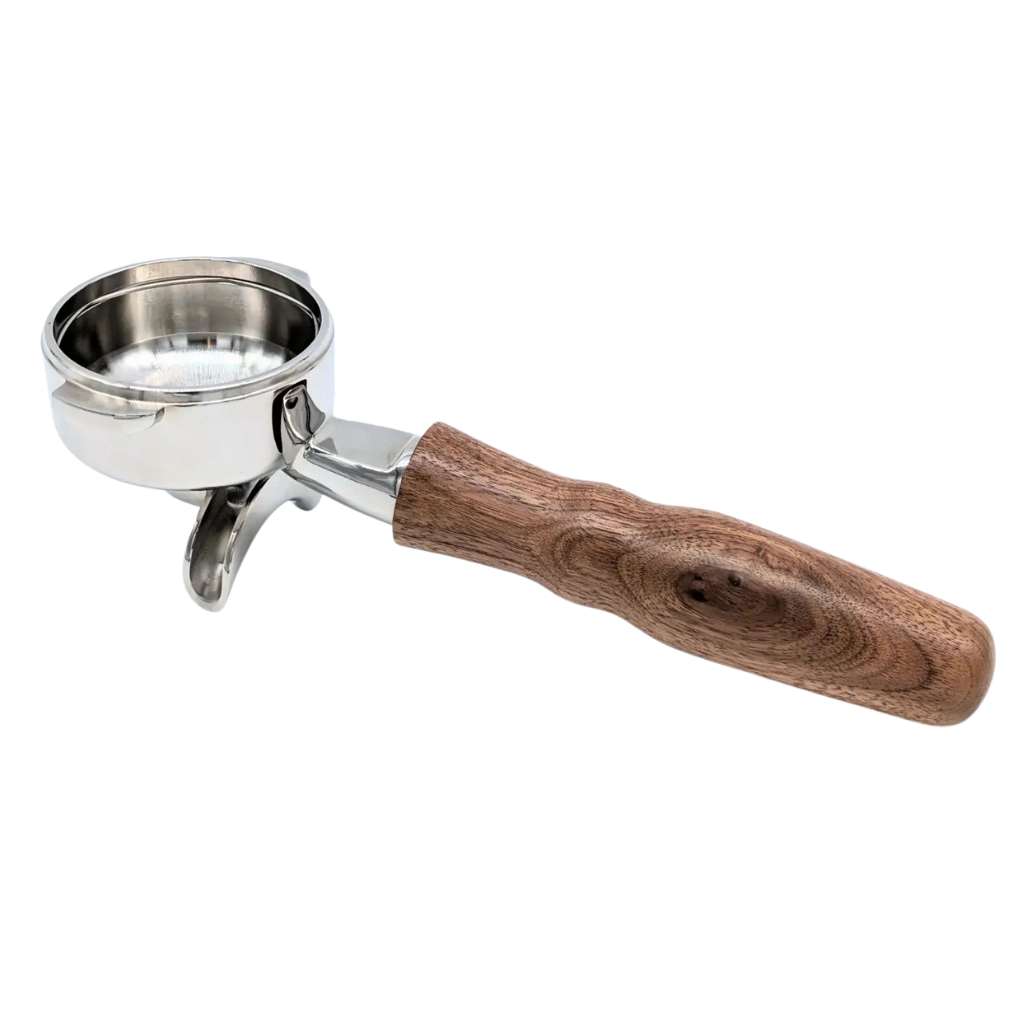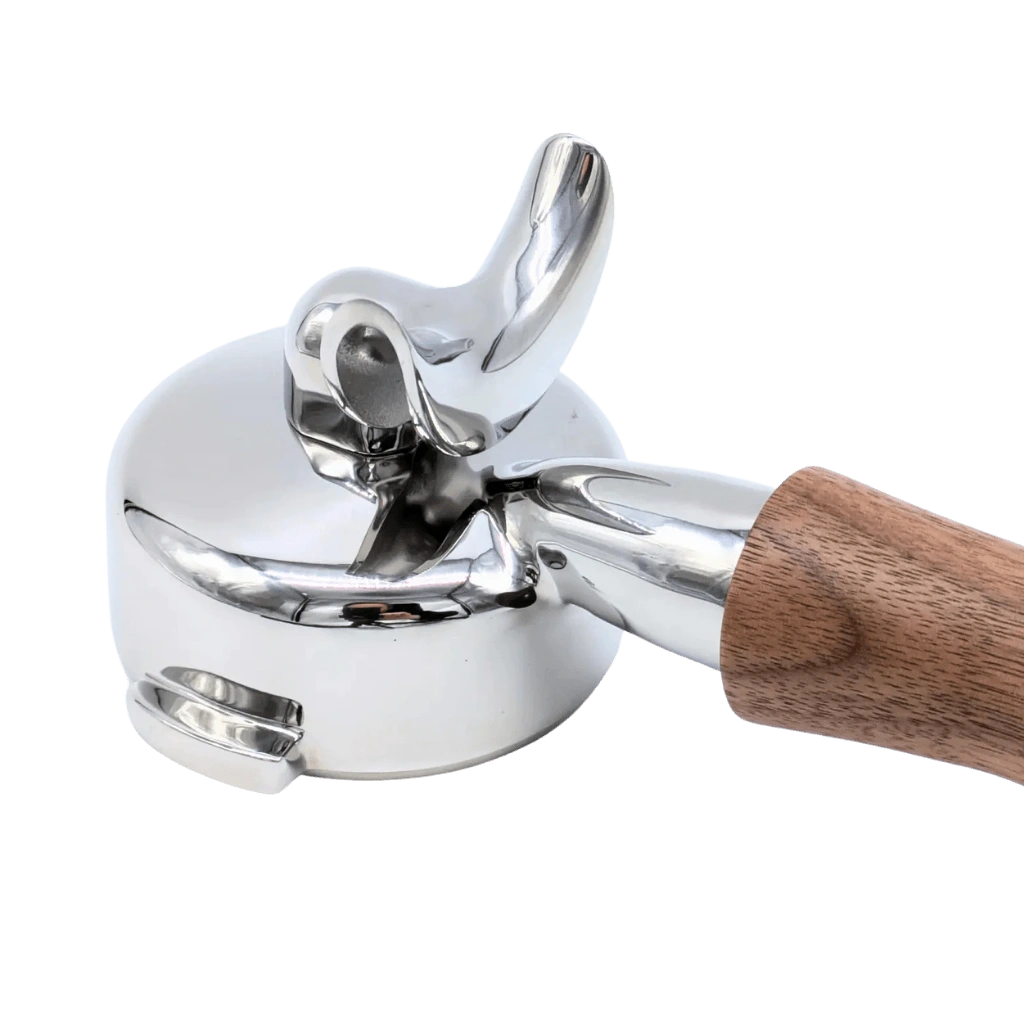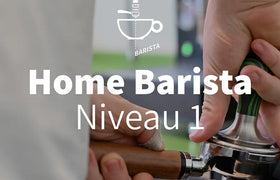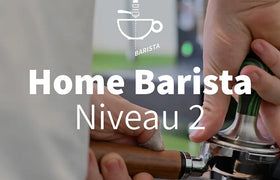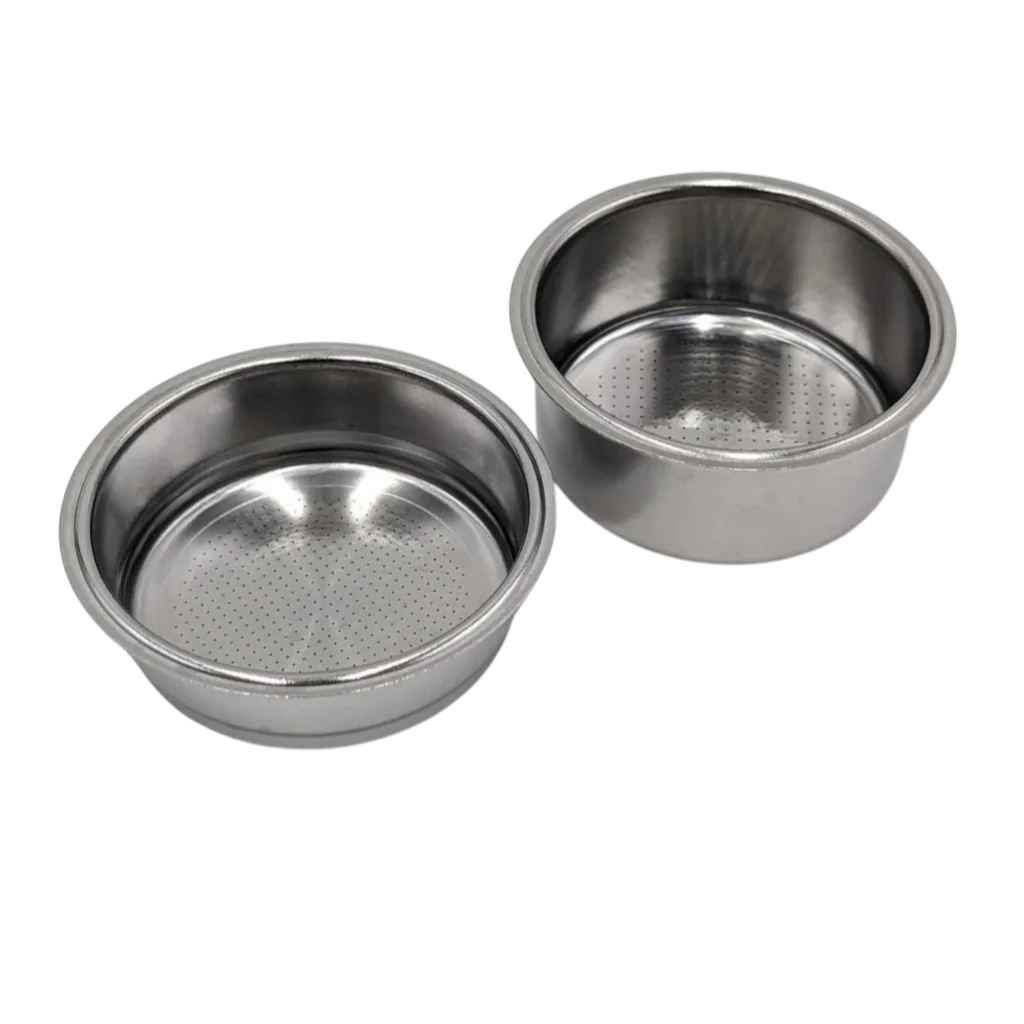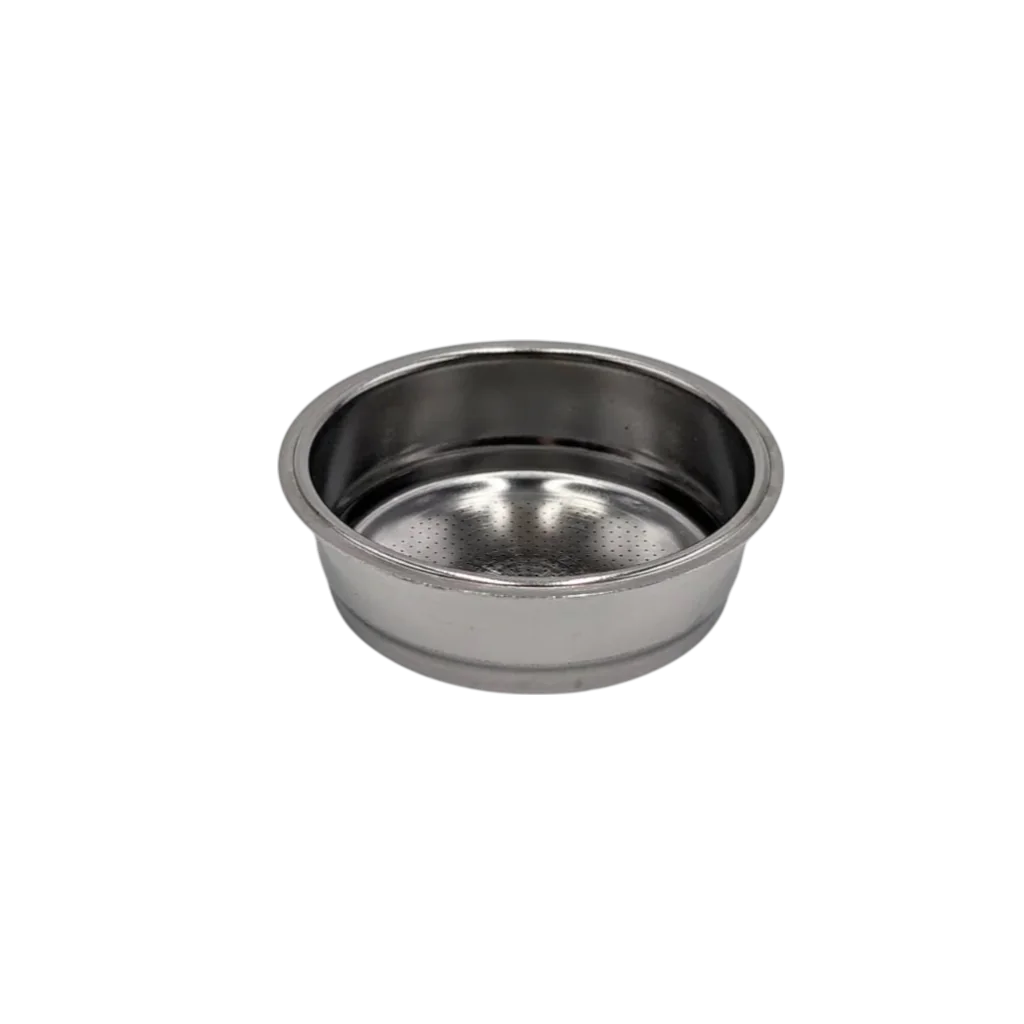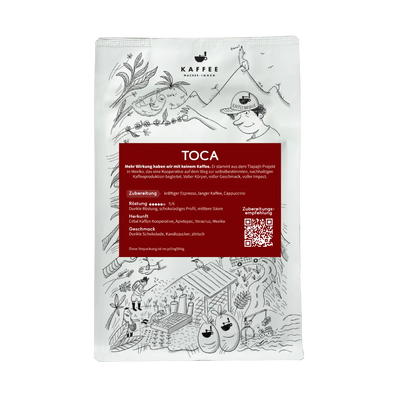A new coffee machine from Jura is now joining the market. However, the question arises whether it actually enriches the market. Opinions are divided and the subject of lively debate. We tested the Jura Ono and identified both its strengths and weaknesses. But first things first.
What kind of coffee machine is the Jura Ono?
Jura is known for its fully automatic coffee machines, which belong to the portafilter coffee machine category. In these machines, a brewing group collects the ground coffee, and an inlet piston compresses the coffee. Brewing water is then forced through the group. The term "fully automatic" refers to the coffee machine's integrated grinder: The coffee is ground directly into a chute or brewing group.
However, this automation is precisely what's missing from the Jura Ono. The Ono deliberately dispenses with a built-in grinder. Instead, the externally ground coffee is placed directly into the chute, compressed with a rotary lever, and then the brewing process is initiated.
The Jura Ono is therefore a portafilter coffee machine without a built-in grinder. This is unusual, and not only for Jura. But what prompted the Swiss manufacturer from Niederbuchsiten to bring such a coffee machine to market?
Barista moments and capsule alternatives
Jura positions this machine in an interesting area of tension. On the one hand, the advertising slogan "One Cup, No Capsule" promises an alternative to capsule coffee. On the other, the Jura Ono aims to create "conscious barista moments." At first glance, capsule coffee and barista attitude seem irreconcilably far apart. But upon closer inspection, Jura's Ono is a step away from the fully automatic coffee machine and a step in both directions.
In recent years, we've come to appreciate the capsule coffee machine as a bridge coffee machine. This may sound strange at first, but there's a reason for it. For many coffee drinkers, capsule coffee has made it visible and gustatory for the first time that there are significant sensory differences between coffee varieties.
The color-coded capsules have already brought visual variety to coffee in offices and kitchens, offering portions ranging from orange to black, from Italian espresso blends to Ethiopian single-origin coffees. No espresso machine or fully automatic coffee machine has been able to do this as seamlessly as the capsule.
The capsule became a transitional coffee machine to the portafilter. Once people recognized the versatility of coffee, they wanted to unlock its full potential. The next step was to switch to the portafilter.
A few years ago, we offered a way to exchange capsule coffee machines for home barista courses. It was a pretty successful campaign.

Jura Ono - Half Barista Way
The Jura Ono presents itself as a halfway point towards a portafilter. It requires an external grinder. Pre-ground coffee would also work, but then we'd recommend sticking with capsule coffee. With a decent espresso grinder, ideally even a single-dosage grinder, the Jura Ono opens up interesting possibilities.
Single-dosing grinders are coffee grinders that support the grinding of individual portions. They have minimal dead space, such as residue from old coffee grounds. The desired amount is weighed in advance and then ground precisely to the desired grind size. This type of grinder is the perfect partner for the Jura Ono.
This interplay makes working with the Ono a pleasure. Grind coffee, extract coffee, switch to decaffeinated coffee, and back again. Wonderful! If it weren't for the problem that the espresso doesn't taste particularly good. In fact, half the barista's journey is spent stopping in the wrong place. Measuring and direct contact with the ground coffee is nice. But the most important thing in preparing good espresso begins with the right grind size: evenly distributing the ground coffee in the portafilter and then tamping.
This is precisely what the Jura Ono doesn't do well. It doesn't do it well, like all fully automatic coffee machines with piston brewing units. The ground coffee sits awkwardly in the grinder shaft and has numerous bumps. The Ono's rotary tamper gives us the impression of tamping, but it doesn't properly prepare the ground coffee. As a result, we press down on the bumps and provoke strong channeling, which affects the flavor of the subsequent extraction.

What does the coffee from the Jura Ono taste like?
Channeling is the formation of channels in which the brewing water seeks the path of least resistance, gliding through the ground coffee instead of extracting evenly. This exact problem occurs in almost all fully automatic coffee machines, and the reason for it is the inadequate distribution and compaction of the ground coffee. This exact problem also occurs in the Jura Ono.
Now we could say: Well, all fully automatic coffee machines have that in common. But if Jura promises barista moments, I wonder why the barista isn't allowed to take over exactly what it does better than the fully automatic machine.
But how does the result taste? The espresso from the Jura isn't good. According to our measurements, the brewing temperature is within the target range. It's difficult to accurately measure the temperature of fully automatic coffee machines. We placed a probe in the ground coffee and obtained an average reading of 84 degrees Celsius for the interaction of water and coffee grounds. This indicates a temperature within the target range of 90-95 degrees.
The espresso cannot compete with espresso machines like the Delonghi Dedica or the Gaggia Classic .
For longer drinks, such as café crème , the Jura produced better results on average in blind tastings than the portafilter espresso machines. This is not surprising, as portafilter espresso machines are not particularly good at this, and, in addition, channeling is less pronounced due to the use of a larger volume of water.
It was noticeable that none of the drinks were very hot in the cup. However, this seems to be due less to the brewing temperature than to the long journey the coffee takes from the brewing unit to the cup. The coffee cools down noticeably here, as Arne Preuss also noted in his Coffeeness test .
The best thing about the Jura Ono: the cleaning option
I'm open to all types of coffee machines and deal with all models, both professionally and inevitably privately. I have one main problem with fully automatic coffee machines: They're often not clean. Even with sophisticated automatic cleaning systems, the truth is, "the truth is here, too." Unfortunately, they're often moldy, rancid, stale, moist, and riddled with spores.
Not so with the Jura Ono. Of course, we still have to clean it ourselves, but it's so easy. One turn of the knob, pull it to position 12, and the Jura Ono is open and ready for cleaning in the most important places. I like that!
Facts and price
We've seen the Jura Ono in Switzerland for prices between 320 and 350 Swiss francs. In Germany and Austria, it costs roughly the same in euros. That's a lot of money for a plastic piston coffee machine without a grinder. We'll discuss in the conclusion who might still benefit from this investment.
- Housing material: Matte plastic
- Colors/Designs: Black
- Display: touchscreen
- Water tank: 0.95 l
- Minimum outlet height: 10.5 cm
- Coffee drinks at the touch of a button: coffee, espresso. The quantities are programmable.
- Weight: 4.75 kg
- Dimensions (height x width x depth): 32.0 x 24.3 x 46.1 cm
Exceptionally low energy consumption
The low energy consumption of the small built-in thermoblock is outstanding. In this respect, the Jura Ono can compete with the best in the industry, namely capsule coffee machines. Only the water needed for brewing is heated. Thus, we use 0.009 kWh to prepare a lungo and a mere 0.0115 kWh to prepare an espresso. That's record-breaking!

Conclusion on Jura Ono: Who is it suitable for?
I see a clear use case for the Jura Ono. It's especially recommended for coffee makers who enjoy longer coffee drinks like Schümli, Lungo, Café Crème, or extended coffee . If you already have a good coffee grinder, the Jura Ono could be an interesting option. The long coffees taste excellent, and the ability to change the coffee without having to remove the beans from the machine's bean hopper is a huge plus.
I also appreciate the separation of the grinder and machine from a hygiene perspective . Many fully automatic coffee machines resemble wetlands inside, with extensive mold growth. Old and new coffee grounds, spores, and the traces of time take on a life of their own in piston coffee machines. This is not the case with the Jura Ono. In addition to the separation of the grinder and machine, the easy cleaning of the machine prevents mold growth. With just one twist and a single handle, we can access the coffee chute and the brewing group. This is truly revolutionary for Jura, which otherwise does everything to prevent customers from reaching the inside of their machines.
However, the Jura Ono is less suitable for those who truly prefer espresso or want to experience "barista moments." What the Jura Ono doesn't allow us to do— distribute and compact with the tamper— is not complicated, is fun, offers those barista moments , and guarantees a better espresso than the Jura Ono.
By allowing you to choose your own coffee quantity and define the brewing ratio, the Jura Ono bridges the gap between fully automatic and portafilter machines . This makes sense, is enjoyable, and allows you to experiment with different brewing recipes.
The Jura Ono's energy consumption is exceptionally low, as only the water needed for brewing is heated. This sets it apart from all boiler-based machines.
A machine for talkative people
I see another use case for the Jura Ono. The machine stands out from all other categories, allowing manual preparation steps, offering room for coffee selection, and defining the beverage. It's not a capsule coffee machine, nor is it a fully automatic machine, but rather an approximation of an espresso machine. I can imagine this machine in a kitchen, with a passionate hostess or a budding home barista talking about coffee, praising the machine's virtues, and celebrating hospitality.
The Jura Ono could also be an interesting coffee machine for those who appreciate certain automation advantages but still want to stand out from the crowd with a different type of coffee machine . The Jura Ono's concept is unique and unlikely to lead to widespread market penetration as a machine type. Therefore, for the time being, the machine will remain a unique splash of color in kitchens and living rooms. It offers an interesting alternative for those looking for something special and wanting to stand out from the norm.
![]()



